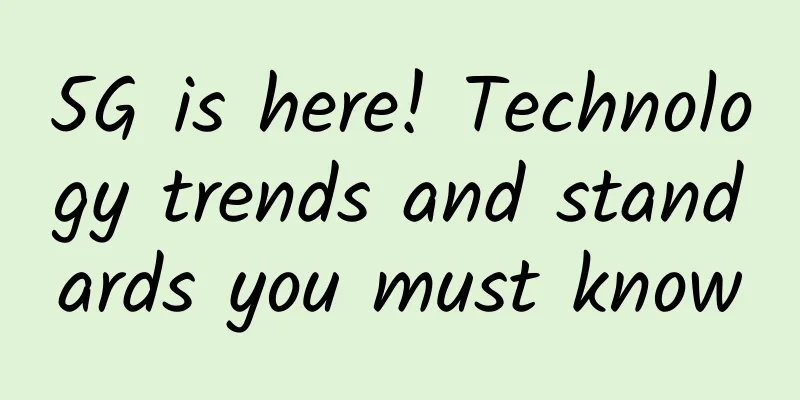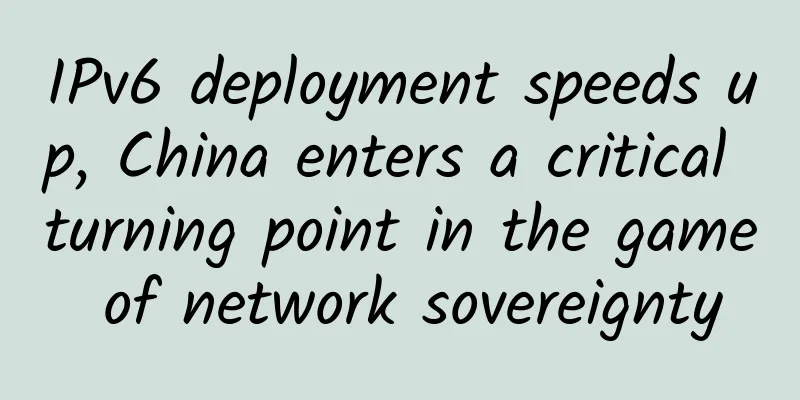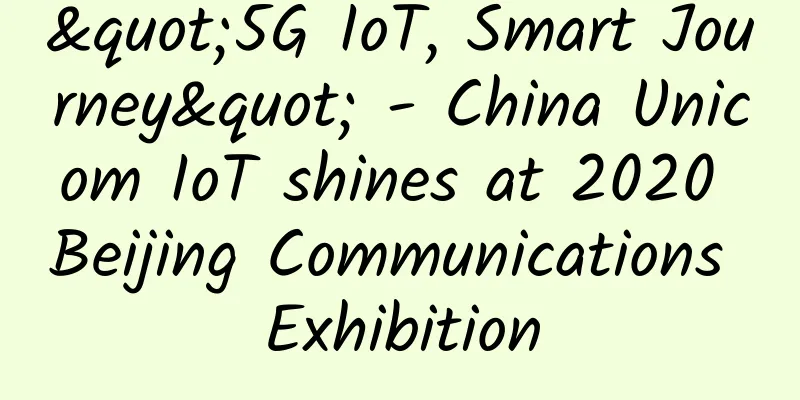5G is here! Technology trends and standards you must know

|
In 2017, the application of 5G technology has become known to the public. For example, autonomous driving, personal AI assistants, telemedicine, etc. will all be realized due to the breakthrough of 5G technology. What is the difference between 5G and 4G technology? This has to start with wired and wireless transmission. As the name implies, wired transmission refers to the transmission of data through physical media, while wireless transmission uses electromagnetic waves to transmit signals to a base station, which is then transferred to the telecommunications system provider's computer room for transmission. For wired transmission, the current maximum speed of a single optical fiber can reach 26Tbps, which is nearly 10,000 times faster than traditional Internet speeds. Therefore, countries around the world are currently working hard to break the speed limit of wireless transmission.
In addition to the common electromagnetic wave transmission, light wave transmission Li-Fi (Light Fidelity) has also become popular in recent years. It is a visible light wireless communication (VLC) technology equivalent to Wi-Fi. It can use the light waves of light-emitting diode (LED) bulbs to transmit data. In addition to providing lighting and wireless networking, it can also avoid electromagnetic interference. Figure 1: A new network integrating the Internet of Things However, the mainstream of wireless transmission technology research and development is still based on electromagnetic wave transmission, in which the frequency range plays an important role. Its formula principle is also very simple - the lower the frequency (such as very low frequency VLF, 3-30KHz), the slower the speed, and at the same time, the longer its wavelength (long wave, 1,000Km-100Km), the wider the transmission range, and its main application is currently long-distance communication. Vice versa, the higher the frequency (up to high frequency EHF, 30-300GHz), the faster the speed, the shorter the wavelength (millimeter wave, 10mm-1mm), and the shorter the propagation range. Although the current fifth-generation mobile communication system (5G) standard is expected to be finalized in mid-2018, the Next Generation Mobile Networks Alliance has already defined the requirements for 5G networks: supporting tens of thousands of users at a data transmission rate of 10Mbps; providing 1Gbps data transmission rate to many people working in the same building at the same time; supporting hundreds of thousands of concurrent connections to support the deployment of large-scale sensor networks, etc. These have become the goals that major telecommunications system vendors want to achieve. What’s so great about 5G? Figure 2: Schematic diagram of 5G characteristics (Source: IEEE Computer Society) 5G is not just about increasing the speed, it also includes many features: millimeter wave, MIMO (Multiple-Input Multiple-Output), beamforming, D2D, etc. The so-called millimeter wave is the high frequency mentioned above, but why didn't we use the faster high frequency in the past? It's because high frequency was mostly used in the military in the past, and there are cost considerations. What are the cost considerations? If the frequency of electromagnetic waves is higher, the wavelength is longer, and its diffraction ability is also worse, just like satellite communications and GPS navigation, there are certain requirements for the transmission direction. Therefore, telecommunications system providers have to build more base stations to transmit signals, and the cost will rise accordingly. For example, the area that can be covered by one 4G base station will require 6-8 base stations for 5G base stations. To solve this problem, most telecom operators will use microcells to replace the previous large base stations, which will reduce costs. However, this will also cause some doubts. If so many base stations are set up, will it cause more radiation pollution? This can be illustrated with a simple simulation: in a room, is it better to use a high-power heater or several low-power heaters? The answer is of course the latter, because the latter has good coverage, the heat energy will not be concentrated in a certain area, but will be relatively dispersed, and the speed is fast, and the power impact is also smaller. What is MIMO? The answer is to install "more antennas". Why can a smartphone accommodate more antennas? Because when the frequency is higher, the wavelength is shorter, and the antenna is also shorter. In the past, most mobile phones had a long antenna, but it is no longer common today. It is not because they are no longer needed, but because they are shrunk and embedded in the entire mobile phone. The millimeter waves used in the 5G era can further reduce the size of antennas. Therefore, in addition to being able to fit more antennas into mobile phones, more antennas can also be placed in micro base stations. The more windows there are for receiving and sending signals, the greater the processing speed can be, achieving the so-called "multiple-input, multiple-output" goal. Control the direction of electromagnetic wave transmission Next is beamforming, which has a high technical threshold. Electromagnetic wave transmission generally uses a scattered and broadcasting method to transmit signals. However, we usually only need to transmit the signal in a certain direction, and most of the electromagnetic wave energy is greatly wasted. Beamforming can control radio frequency signals so that the electromagnetic waves on the base station can be aimed at the object it provides service (smartphone) and change direction accordingly. Through this precise signal transmission service, the number of services provided by the base station can be greatly increased. Figure 3: Multi-antenna MIMO diagram (Source: Rick Janse Kok MBA) ***A 5G feature─D2D (Device to Device) means that when 5G technology is used in the future, it will no longer be necessary to forward signals through a base station. Instead, two nearby wireless devices can establish a direct connection (Device-to-Device Link) to communicate, greatly reducing the use of base station resources. 5G in our daily lives When can we see 5G in our daily lives? Some 5G technologies have already begun testing. For example, AT&T and Verizon in the United States are testing 5G broadband fixed networks for homes and businesses; South Korean telecom operators hope to have 5G networks in place in time for the 2018 Pyeongchang Winter Olympics; and telecom operators around the world are expected to start providing 5G mobile services in 2020. In November 2017, the US telecom operator Verizon also announced that it would launch the industry's first commercial 5G fixed wireless access broadband network service in California in the second half of 2018 and expand the market before the end of the year. In addition, Verizon announced that it would cooperate with Swedish telecom equipment manufacturer Ericsson, and Ericsson would become the network equipment supplier for commercial fixed wireless access 5G services in 2018. Currently, telecom operators are testing and calibrating multiple models, including how the network is established and the electromagnetic wave frequency bands used. It is foreseeable that 5G will be a new wave of battlefields, and the winning technologies and solutions will become industry standards and gain leadership in the new generation. |
>>: Is 5G really going to kill WiFi?
Recommend
The benefits of 5G technology for education upgrades
With over 250 million students, India has one of ...
What are the risks encountered when migrating a data center and how to deal with them?
When an enterprise develops to a certain extent, ...
How to unleash greater potential of new infrastructure
Recently, several domestic mobile communication o...
DesiVPS: Los Angeles 1Gbps unlimited traffic VPS from $18.99 per year, India/Netherlands VPS from $20 per year
DesiVPS has released the latest promotional packa...
What does 5G mean for enterprise business?
Mobile 5G networks promise to be the bridge to In...
Fact or fallacy: How smart can you get without 5G?
Smart city development relies on the expansion of...
The Heart of Smart Devices: Understanding Semiconductor Sensors
At the heart of smart devices lies a complex worl...
The future development trend of the Internet will transition from HTTP to IPFS
We know that IPFS is a new Internet underlying pr...
Essential for operation and maintenance: 20 common service ports and their corresponding service information
In the operation and maintenance process, it is c...
zorocloud: US CN2 GIA line VPS monthly payment starts from 34 yuan, including DDoS protection
Zorocloud is a domestic hosting company that was ...
ZJI: 30% off on Huawei/Kwaiwan dual-line servers in Hong Kong, special Huawei models in Hong Kong with a monthly discount of 300 yuan and starting at only 450 yuan/month
This year's New Year came earlier. After New ...
Kubernetes Gateway API v1.1 Interpretation, do you understand it?
A few days ago, the K8s Network SIG released the ...
China Telecom will start 5G independent networking next year, earlier than China Mobile and support 2,000 yuan mobile phones
[At the Tianyi Exhibition, China Telecom once aga...
8 Software-Based Network Trends for 2019
As networks become increasingly software-based, l...
Clarification: Top 10 5G Misconceptions
Misconception 1: 5G is a revolution that will rep...







![[Double Holiday] Megalayer Hong Kong CN2 server 399 yuan/month, Hong Kong/US high-end VPS/8 cores, 16G memory, 240G SSD, 3IP, starting from 199 yuan/month](/upload/images/67cabc7f2ce1c.webp)

